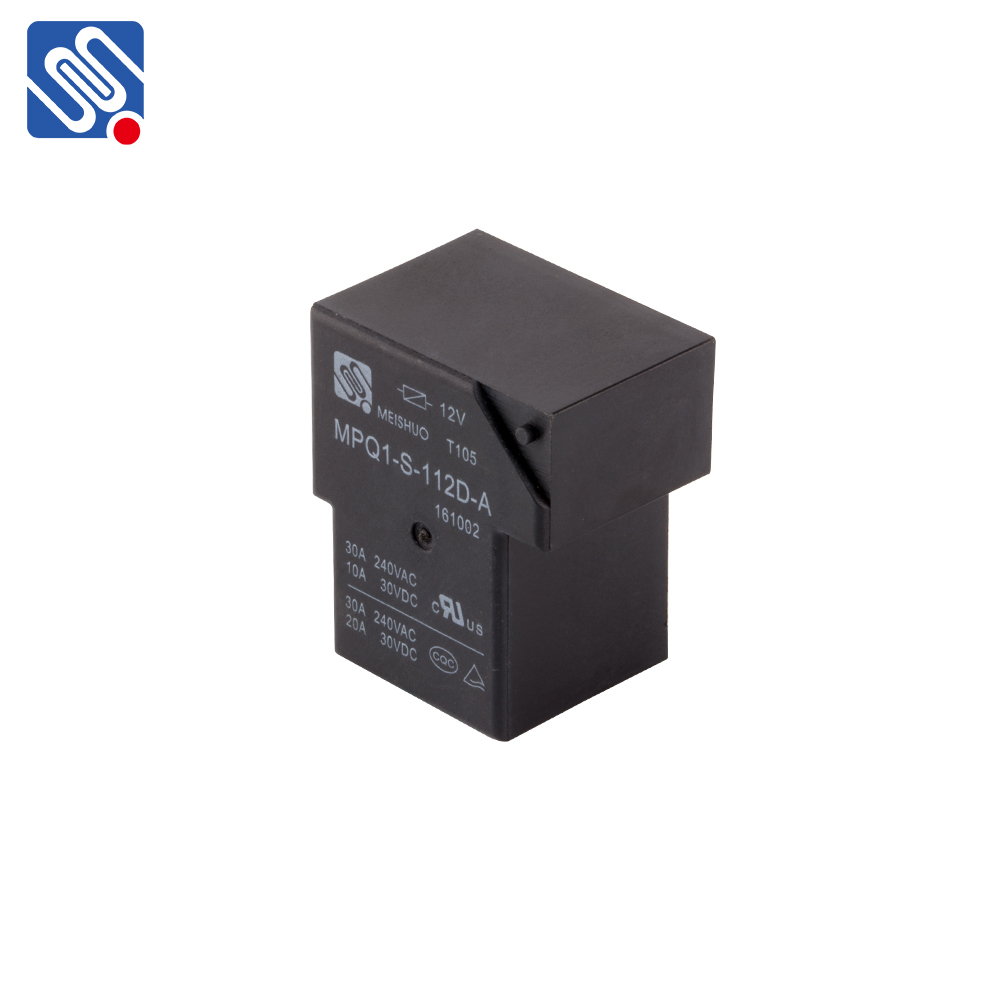Relays have become an indispensable component in modern electronic circuits, particularly in automation, control systems, and safety applications. The concept of Relay Connections plays a crucial role in ensuring the proper functioning of these systems. Relays act as electrical switches, enabling users to control larger electrical circuits using small control signals. In this article, we will explore the fundamentals of relay connections, their working principles, and their applications in various fields.

What Are Relay Connections? A Relay Connection is a configuration where a relay is used to control the flow of current in a circuit. A relay is an electrically operated switch that can open or close a set of contacts when an electrical signal is applied to its coil. The most common form of relay consists of an electromagnetic coil, a movable armature, and a set of contacts (normally open or normally closed). When an electrical current passes through the coil, it creates a magnetic field that moves the armature, which in turn changes the state of the contacts. Relay connections are widely used to connect low voltage control circuits with high voltage or high current loads, ensuring that the low-power control signal does not need to handle the high power directly. This makes relays incredibly useful in a variety of systems where remote control or automation is necessary.